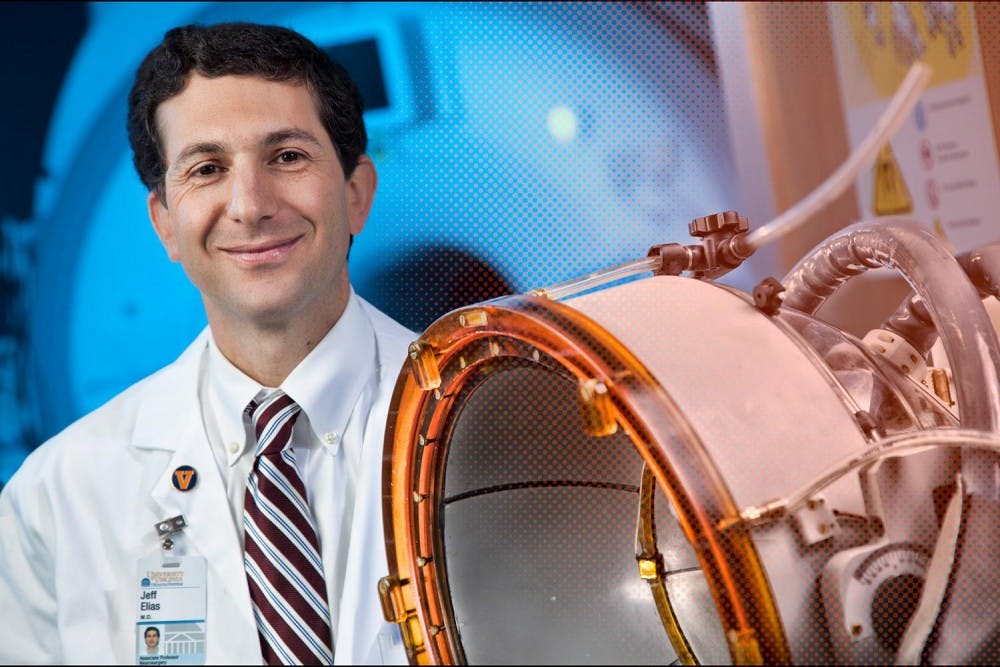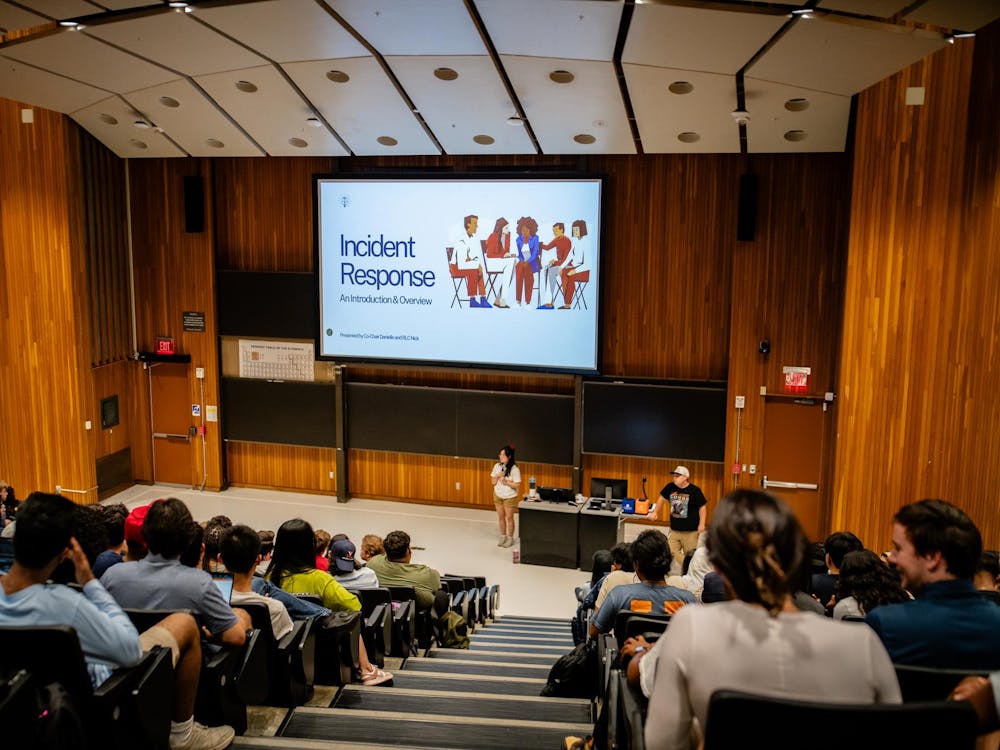A recent University-led study into an innovative surgical technique used to treat Parkinson’s Disease provided encouraging results, and recommended further study to determine the technique’s full potential. Though the study only addresses a single disease, the method indicates applicability in a wide range of fields. Traditional surgical techniques often require invasive procedures, and leave patients with difficult paths to recovery. With advancements in medical technology, less invasive and more efficient techniques are replacing these elements of surgery, as illustrated in the study. The future studies which further examine this technology should receive increased funding due to the potential impact these new technologies could have on treatment of disease.
The study — conducted by Dr. Jeff Elias of the University’s School of Medicine in partnership with the Swedish Neuroscience Institute in Seattle, Wash. — measured the efficacy of focused ultrasound on participants with tremor-dominant Parkinson’s Disease. Focused ultrasound is a non-invasive therapeutic technology that treats many medical issues by targeting tissue without incision or radiation. The surgeon focuses thousands of beams of light onto a single area, where the concentration of beams will destroy the area with great precision and accuracy, and without damage to surrounding tissue. Using real-time imaging, surgeons can make adjustments when needed. Results from the study indicate further testing is warranted, citing improvement in participants who received the focused ultrasound treatment. Such study could lead to breakthroughs in modern medicine, and should be funded accordingly.
The incredible potential of focused ultrasound could not have been realized without the utilization of modern medical equipment, and therefore researchers are only just beginning to explore the potential benefits of the technique. Focused ultrasound works by targeting and destroying brain tissue, without damage to the surrounding areas. The precision and intensity of the technology require constant adjustment, and that can only be accomplished through real-time monitoring of the brain. Surgeons can monitor their work without incision, thereby eliminating months of recovery.
Though Parkinson’s Disease was the only subject of this study, researchers have demonstrated the wide applicability of focused ultrasound as a treatment of multiple medical issues. In 2001, Elias pioneered a clinical study utilizing focused ultrasound, which eventually prompted the Food and Drug Administration to recognize the treatment for use with essential tremors, the most common movement disorder. In addition to use for patients with Parkinson’s Disease, research is being conducted on the efficacy of focused ultrasound on breast cancer, brain tumors, epilepsy and pain. If the treatment is deemed effective in these other areas, the overall treatment of these debilitating diseases could change drastically. That determination, however, will require immense resource allocation, including multiple centers for research and funding.
Difficult medical diagnoses, such as Parkinson’s Disease, are often painful and financially debilitating. Invasive and outdated neurological methods of treatment only further the difficulty of living with such a disease. The barrier, however, is that research regarding non-invasive neurological techniques is limited. The potential of focused ultrasound offers an opportunity to break through that barrier and establish the foundation for improved medical treatment. Funding can come from multiple sources, including federal and state allocations, as well as University grant programs. The costs of current medical treatments are too high, both financially and medically. Funders must take this opportunity to contribute to a cause which seeks to improve the quality of medical care for those who need it most. Increased funding for focused ultrasound is the first step on the path towards a better medical system.
Jake Lichtenstein is an Opinion columnist for the Cavalier Daily. He can be reached at j.lichtenstein@cavalierdaily.com.







